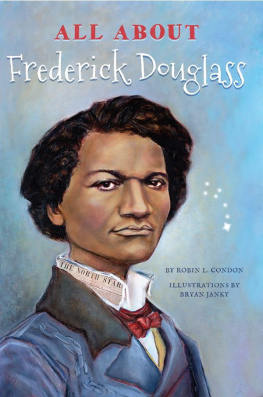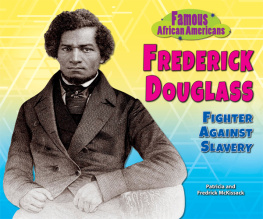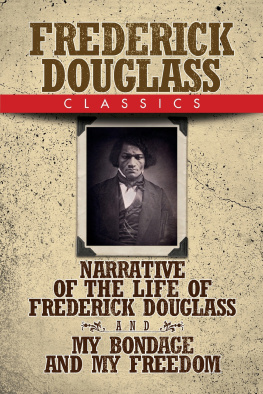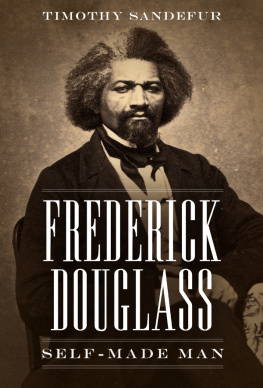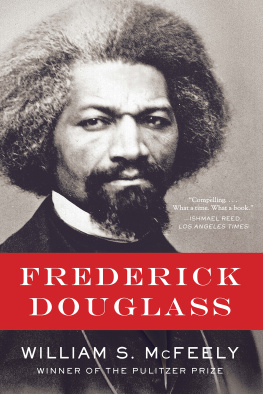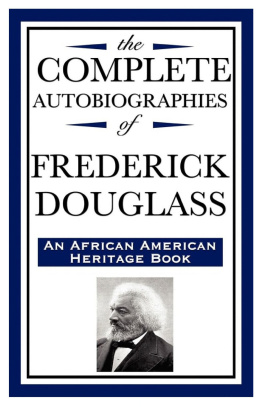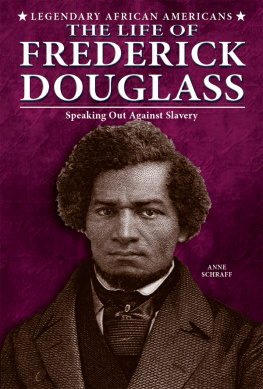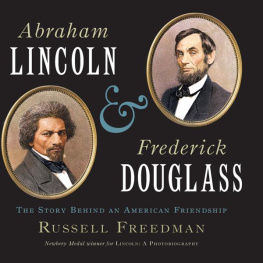All About
Frederick Douglass
Robin L. Condon
BLUE RIVER PRESS

Indianapolis, Indiana
All About Frederick Douglass
Copyright 2016 Robin L. Condon
Published by Blue River Press
Indianapolis, Indiana
www.brpressbooks.com
Distributed by Cardinal Publishers Group
Tom Doherty Company, Inc.
www.cardinalpub.com
All rights reserved under International and
Pan-American Copyright Conventions.
No part of this book may be reproduced, stored in a database or other retrieval system, or transmitted in any form, by any means, including mechanical, photocopy, recording or otherwise, without the prior written permission of the publisher.
ISBN: 978-1-68157-090-7
eISBN: 978-1-68157-104-1
Author: Robin L. Condon
Series Editor: Charleen Davis
Editor: Dani McCormick
Interior Illustrator: Bryan Janky
Book Design: Dave Reed
Cover Artist: Jennifer Mujezinovic
Cover Design: David Miles
Printed in the United States of America
Contents
For my mother,
Antonia Newman Jaslow,
who taught hundreds of children,
including me.
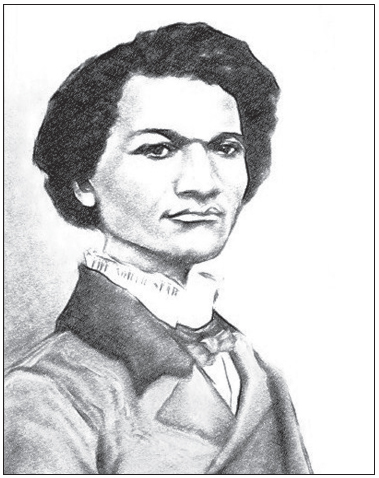
Frederick Douglass as a young man
All About
Frederick Douglass
Preface
Frederick Douglass was one of the best-known African Americans of the nineteenth-century. He was born into slavery, but learned to read and write, and mastered public speaking. After his successful escape from slavery in September of 1838, he began reading abolitionist William Lloyd Garrisons newspaper, the Liberator. Garrison became so impressed by Douglass that he recruited him as a lecturer for his Massachusetts Anti-Slavery Society.
In addition to delivering thousands of lectures on the antislavery circuit in the northeastern United States, he wrote his autobiography three separate times, edited and published three newspapers, and wrote numerous editorials and essays, some poetry, and a novella. In his later life, Douglass was appointed to several government positions. He corresponded with famous figures and his books, especially his first autobiography, Narrative of the Life of Frederick Douglass, An American Slave (1845), became well-known all over the world and were published in many languages during Douglasss lifetime. It continues to be taught in middle-school, high school, and college nearly two centuries after its publication.
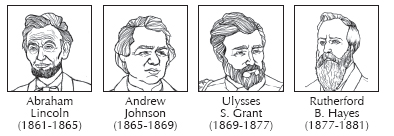
Douglass advised the eight American presidents from Abraham Lincoln to Benjamin Harrison. He also recruited African Americans to fight in the Civil War and worked for their equality. Not only did Frederick Douglass advance the cause of abolition of slavery in America, but he also worked to promote the rights of all oppressed groups, especially women. Douglass envisioned a country that, after the bloody Civil War, would provide equal standing in the law for all Americans of different races and genders, whether they be immigrants or native born citizens.
Douglasss hopes for universal justice were not realized during his lifetime. Yet, his work advanced those goals a great deal. Douglasss efforts had a great impact on the events of the 19th, 20th, and 21st centuries in America. He influenced African
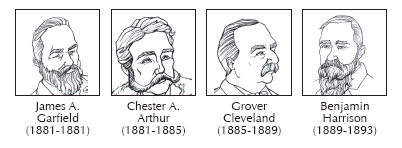
American activists, educators, intellectuals, and political leaders whose own work benefited from the great orators legacy. Among those were Booker T. Washington, Ida B. Wells, and W. E. B. Du Bois.
His life and death were subjects for poet Paul Laurence Dunbar. Douglasss powerful words laid the foundation for the work of the Reverend Dr. Martin Luther King, Jr., and others. The first African American President of the United States, Barack Obama, frequently utilized Douglasss political speeches in the classes he taught at the University of Chicago Law School. Douglasss life remains a source of inspiration to Americans, and people throughout the world.
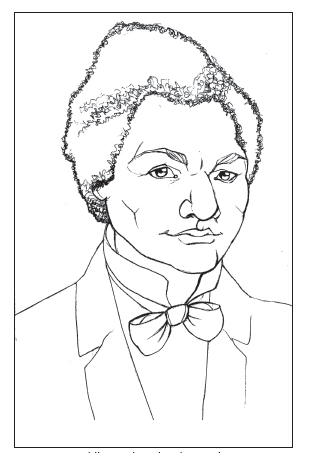
Middle-aged Frederick Douglass
Chapter One
Growing Up
The boy who would one day name himself Frederick Douglass was born in Tuckahoe on the Eastern Shore of Maryland in February 1818.
His mother, Harriet Bailey, was born a slave in 1792. Frederick would never learn the name of his father, but since his skin was much lighter than his mothers, he presumed his father was a white man. The name Harriet gave baby Frederick at birth was Frederick Augustus Washington Bailey. Harriet was hired out to work on another farm miles away, so Frederick was raised by his grandparents. Betsey Bailey had been born a slave sometime around the year 1775. Isaac Bailey was a sawyer, or woodchopper, in trade.
The Bailey family, which consisted of Fredericks grandparents, his aunts, uncles, and young cousins under the age of six, lived in a wooden cabin with a clay floor next to Tuckahoe Creek. In slave families, elderly relatives would often care for the smallest children in the family while their mothers and fathers labored in the fields or in the homes of their owners.
Among Eastern Shore slaves, the Bailey family was an old and a proud one. The family came to America not from Africa directly, but from Barbados, part of the British-held West Indies. Among American slaves, the Bailey family was considered elite.
Fredericks grandmother, in particular, was well-respected among the Tuckahoe slaves not only for her family connections, but because she was highly skilled in growing vegetables and catching fish. Grandmother Betsey was a capable midwife and helped the sick too.
Frederick and his cousins were happy in their grandparents house. Still, sometimes the adults would talk about someone they called Old Master in hushed voices. They did not want the little ones to hear about the hard lives that they would eventually lead.
One morning, Grandmother Betsey took Frederick on a long walk of nearly twelve miles. He was about six or seven-years-old, and struggled to keep up with his grandmother. By the end of that hot afternoon, they had reached Old Masters house on the Lloyd Plantation.
Frederick noticed the terribly sad look on Grandmothers face. She introduced him to an older boy whom she said was his brother Perry and to some girls she told him were his big sisters Sarah and Eliza. Frederick had heard his family speak of Perry, Sarah, and Eliza, but he did not know that they were his brother and sisters. He had never seen them!

Great House Farm (Edward Lloyds Wye House),
where Aaron Anthonys (Douglass first master)
house was located
After some time, his grandmother went away, very quietly. When Perry told him that she had gone, Frederick began to sob as though he would never stop, feeling abandoned in an unfamiliar world, even though many children, including his brother and sisters, surrounded him. He was now to live a very different life at Old Masters home.
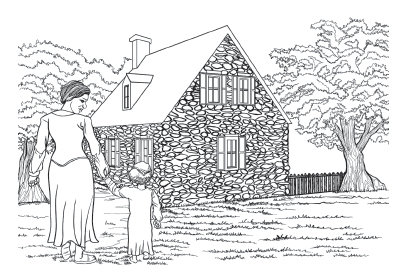
Next page
